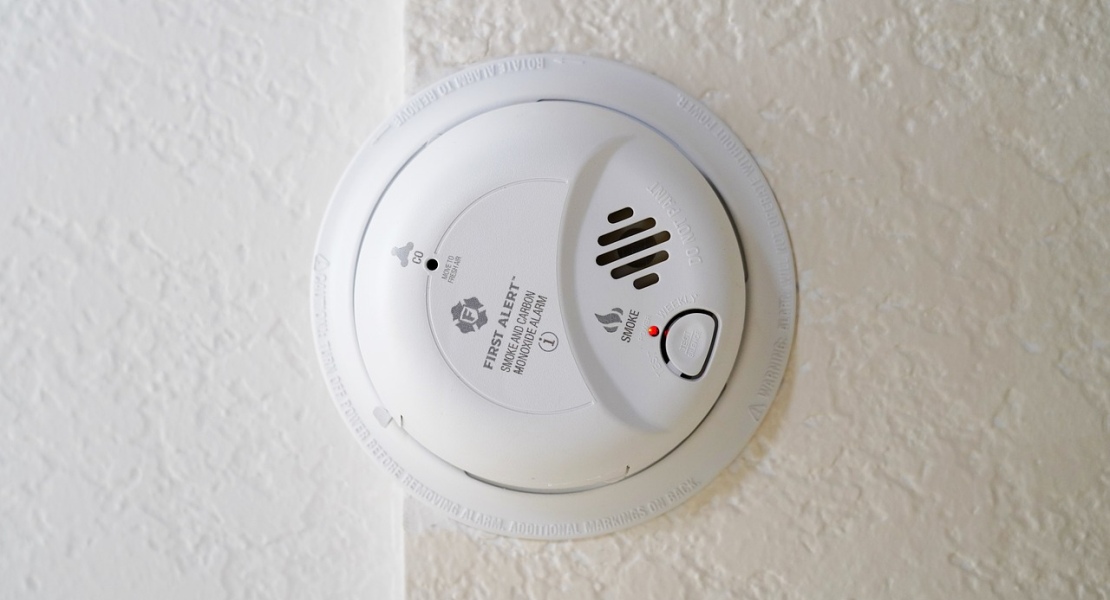TORONTO – As Canadians prepared for another long and chilly winter, the Government of Ontario passed a significant new bill aimed to protect the province’s homebuyers from injuries caused by carbon monoxide.
Bill 77 – entitled the “Hawkins Gignac Act (Carbon Monoxide Safety)” – passed its own third reading at the end of November, and was signed into Royal Assent shortly thereafter. The act’s changes will chiefly broaden the scope of Ontario’s Fire Code to include carbon monoxide prevention and safety measures. Here are some of the key changes found within the Act:
- Effective immediately, the first week of each November is designated Carbon Monoxide Awareness Week in Ontario. Scheduled to coincide with Daylight Savings Time and the changing of household clocks, this week’s key messaging will focus on using that time to also check & test the carbon monoxide detectors in your home.
- Under the Fire Code, “fire protection services” will include “mitigation and prevention of the risk created by the presence of unsafe levels of carbon monoxide, and safety education related to the presence of those levels.”
- Going forward, the Minister has the power to create regulations which will “require and regulate protection equipment and systems related to the presence of unsafe levels of carbon monoxide.”
According to Mississauga.com’s Tim Whitnell, the type of detector required in each home will vary depending upon the time it was built.
“Under the new Hawkins-Gignac Act, homes or apartments built before Aug. 6, 2011 — when the Ontario Building Code was amended — don’t have to have hardwired carbon monoxide detectors installed,” Whitnell reports. “The new bill would require a battery-operated or plug-in detector for those residences.”
Carbon monoxide, also known as the “silent killer,” is created when fossil-fuel-burning appliances do not have exposure to enough freshly-circulated oxygen. Because carbon monoxide is completely odourless to humans, it is impossible to detect its presence in a home or building without the help of a functioning detector. As a threat, it has gained much exposure and awareness over the last several years, and these days many new homes are equipped with hard-wired detectors during construction.
With battery-operated detectors available at your local hardware store for less than $50 apiece, it won’t be long before home buyers are looking for carbon monoxide detection and safety devices as a standard feature of listed homes.
For more information on keeping your home safe from carbon monoxide, we recommend visiting www.cosafety.ca – their helpful web site contains tips on everything from placing your detectors, to understanding the myths and misconceptions around carbon monoxide.




